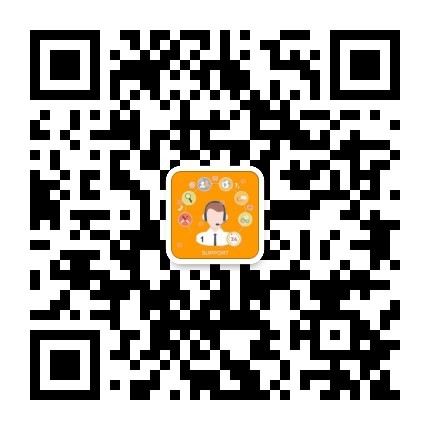作者:赫廣春 張祥美
8. look 作系動詞時,意思是"看上去",后接形容詞作表語。如:
Her father looks very young. 她父親看上去很年輕。
9. 英美人常用表示顏色的詞作為姓氏,但第一個字母須大寫,如:Green格林,White懷特等。
10. "no + 單數可數名詞"= not a / an + 單數可數名詞;"no + 可數名詞復數 / 不可數名詞"= not any + 可數名詞復數 / 不可數名詞 。如:
There is no book here. = There is not a book here. 這里沒有書。
There is no milk in the glass. = There is not any milk in the glass. 杯子里沒有牛奶。
11.one泛指同類東西中的任何"一個";it 指上文提到過的"那個"。如:
①-Do you have a bike? 你有一輛自行車嗎?
-Yes, I have an old one. 是的,我有一輛舊的。
②-Can you see the ball? 你能看見那個球嗎?
-Yes, I can see it. 是的,我能看見。
12. 副詞too作"也"講時,通常用在肯定句中,多放在句末,其前常用逗號隔開;也可作"太"講,多用來修飾形容詞或副詞,放在它們的前面。如:
The box is too heavy. 這箱子太重了。
13. on the tree和in the tree是有區別的:表示"長在樹上的花、果實、樹葉等"要用on the tree;而表示人或鳥、貓、風箏等東西"在樹上"時則要用in the tree。如:
Tom and Bill are in the tree. 湯姆和比爾在樹上。
There are many oranges on the tree. 樹上有許多桔子。
14. else 意思是"別的、其他的",通常放在疑問代詞或疑問副詞的后面。







